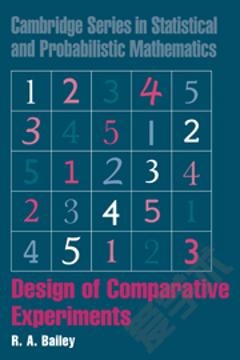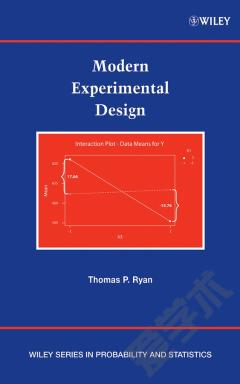Design of Comparative Experiments
This book should be on the shelf of every practising statistician who designs experiments. Good design considers units and treatments first, and then allocates treatments to units. It does not choose from a menu of named designs. This approach requires a notation for units that does not depend on the treatments applied. Most structure on the set of observational units, or on the set of treatments, can be defined by factors. This book develops a coherent framework for thinking about factors and their relationships, including the use of Hasse diagrams. These are used to elucidate structure, calculate degrees of freedom and allocate treatment subspaces to appropriate strata. Based on a one-term course the author has taught since 1989, the book is ideal for advanced undergraduate and beginning graduate courses. Examples, exercises and discussion questions are drawn from a wide range of real applications: from drug development, to agriculture, to manufacturing.
{{comment.content}}








 京公网安备 11010802027623号
京公网安备 11010802027623号